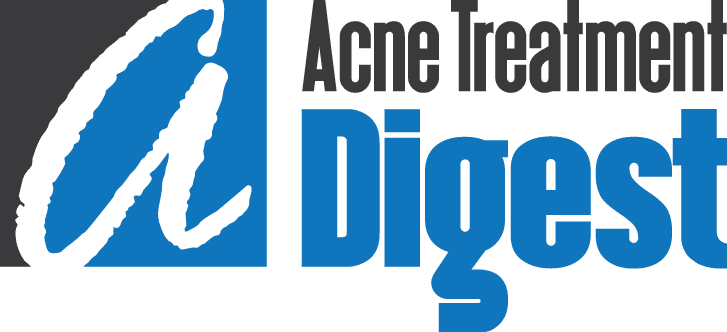A topical antibiotic is applied at the top of the skin; it is absorbed by the pores where the bacteria that cause acne live. Upon absorption, the population of the acne-causing bacteria is reduced significantly thus reducing the pimple redness and inflammation.
A topical antibiotic is used as an alternative to oral or systemic antibiotics to avoid the bad side effects of an oral or systemic antibiotic. A topical antibiotic is safer than oral antibiotics because it does not affect internal tissues and organs.
The common side effect of topical antibiotics is just skin irritation and in some cases photosensitivity. Skin irritation can be reduced by using topical niacinamide or topical copper peptide. Avoid using topical corticosteroids when reducing skin irritation caused by topical antibiotics.
Precautions
Although topical antibiotic is effective against acne, the disadvantage of this acne treatment medication is “bacterial resistance”. Bacterial resistance is a condition where an antibiotic loses its germ-killing power because the bacteria had already adapted to the germ-killing ability of the specific antibiotic.
The longer you use one type of antibiotic, the higher is the chance of bacterial resistance. This means that topical antibiotic therapy is only effective for several months if you use only one type of anti-acne antibiotics. An effective way to avoid bacterial resistance is to change the type of topical antibiotic you are using from time to time. For example, use topical clindamycin for the first 2 months and then use topical erythromycin for the next two months.
Consult your doctor before using any oral or topical antibiotics if you are pregnant or if you have renal insufficiency. This acne treatment medication is not intended to be used on children.
Acne Treatment with Topical Clindamycin
It is commonly used to treat acne because it is more effective than topical erythromycin and tetracycline. Topical clindamycin is available as Clindamycin Phosphate at 1% concentration in gel, solution or lotion form. Topical clindamycin is applied twice daily on affected areas. You may encounter skin irritation with the use of this acne medication.
(Brand Names: Clinac® solution, Dalacin T® gel, lotion, solution, Topicil® solution & Duac® Once Daily gel)
Acne Treatment with Topical Erythromycin
Topical erythromycin is available at 2 to 4% concentration with or without 1.2% zinc acetate. Zinc acetate enhances the effectiveness of topical erythromycin. Topical erythromycin is applied on the face twice daily on affected areas.
(Brand Names: Stiemycin® solution, Eryacne® gel, A/T/S, Erycette, T-Stat)
Acne Treatment with Topical Tetracycline
Topical tetracycline is not used very often in acne treatment. Some people may have allergic reactions to topical erythromycin because it contains sodium bisulfite which is a sulfa derivative. Topical tetracycline may also cause the skin to turn yellow.
Acne Treatment with Topical Metronidazole
Used often in acne that is caused by rosacea. Topical metronidazole is available at 0.75% concentration in gel form.
References
1. Expert Opin Pharmacother. 2007 Oct;8(15):2625-64. Topical clindamycin in the management of acne vulgaris. Guay DR.; the University of Minnesota, College of Pharmacy, Department of Experimental and Clinical Pharmacology, Weaver-Densford Hall 7-148, 308 Harvard Street SE, Minneapolis, MN, 55455, USA.
2. Drugs. 2004;64(21):2389-97. Topical antibacterial therapy for acne vulgaris. Dreno B.Department of Dermatology, Hotel Dieu, Nantes, France.
3. Cutis. 2001 Feb;67(2 Suppl):5-7. Are 2 combined antimicrobial mechanisms better than 1 for the treatment of acne vulgaris? Clinical and antimicrobial results of a topical combination product containing 1% clindamycin and 5% benzoyl peroxide. Introduction. Leyden J. Department of Dermatology, University of Pennsylvania Medical School, Philadelphia, USA.
4. Cutis. 2004 Jun;73(6 Suppl):6-10. Antibiotic resistance in the topical treatment of acne vulgaris. Leyden JJ. Skin Study Center, Broomall, Pennsylvania, USA.





No Responses